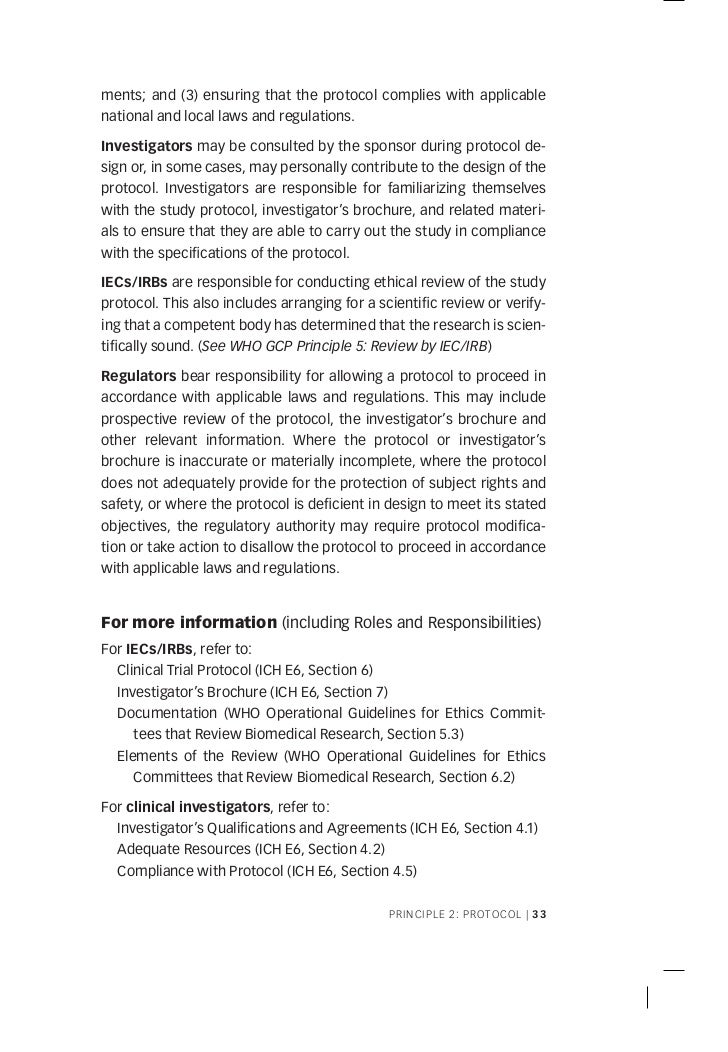Accidental Unblinding In Clinical Trials
Adobe Flash Player is required to view this feature. If you are using an operating system that does not support Flash, we are working to bring you alternative formats. Original Article Reduction by Granulocyte Colony-Stimulating Factor of Fever and Neutropenia Induced by Chemotherapy in Patients with Small-Cell Lung Cancer Jeffrey Crawford, M.D., Howard Ozer, M.D., Ph.D., Ronald Stoller, M.D., David Johnson, M.D., Gary Lyman, M.D., Imad Tabbara, M.D., Mark Kris, M.D., John Grous, M.D., Vincent Picozzi, M.D., Gregory Rausch, M.D., Roy Smith, M.D., William Gradishar, M.D., Anne Yahanda, M.D., Martha Vincent, Ph.D., Morgan Stewart, Ph.D., and John Glaspy, M.D. N Engl J Med 1991; 325:164-170 DOI: 10.1056/NEJM50305. Patients with small-cell lung cancer were enrolled in a multicenter, randomized, double-blind, placebo-controlled trial of recombinant methionyl G-CSF to study the incidence of infection as manifested by fever with neutropenia (absolute neutrophil count. The safety of the study treatment could be evaluated in 207 of the 211 patients assigned to either drug, and its efficacy in 199. At least one episode of fever with neutropenia occurred in 77 percent of the placebo group, as compared with 40 percent of the G-CSF group (P.
THE combination of fever and neutropenia is a life-threatening complication of chemotherapy in patients with cancer. Before modern management, mortality rates approached 80 percent, particularly in association with gram-negative bacteremia., Current standard therapy for patients presenting with fever in association with neutropenia includes hospitalization and the immediate institution of treatment with empirically selected broad-spectrum intravenous antibiotic drugs until the neutropenia and any associated infection have resolved. Despite this approach, mortality remains approximately 10 percent among patients with documented infection. Fever with neutropenia is a primary end point in trials of antimicrobial agents in patients receiving chemotherapy for cancer., The most important prognostic factor in patients with this complication is the recovery of the neutrophil count.

Labview 2009 Serial Number Generator. Showed a direct correlation between the duration of granulocytopenia and the risk of infection; in patients whose granulocyte counts remained below 1.0 ×10 9 per liter for one week, the chance that infection would develop was more than 50 percent; as the duration of granulocytopenia increased, the risk approached 100 percent. In addition, these investigators showed that patients with such low counts had a mortality rate above 50 percent if their counts continued to fall, but patients with incremental increases in their counts had a more favorable prognosis. Hematopoietic growth factors are glycoproteins that stimulate the proliferation of bone marrow progenitor cells and their maturation into fully differentiated circulating blood cells. Two of these factors —granulocyte colony-stimulating factor (G-CSF) and granulocytemacrophage colony-stimulating factor — enhance both the production of mature myeloid elements and the function of these effector cells. These factors hold great promise for improving host defenses that may be impaired owing to disease or treatment. Human G-CSF is a hematopoietic growth factor that promotes the proliferation and differentiation of neutrophils, both in vitro and in vivo. The presumed target cells of this regulator molecule include a late precursor committed to the neutrophil lineage and the mature neutrophil.